Working with cleft oak is one of our specialities here at The Coppice Co-op. Oak is such a wonderful material to work with, rich in colour and grain variation as well as being naturally durable outdoors due its high tannin content which makes it ideal for garden structures, fencing and gates. We were recently commissioned to make a gate for a lovely limestone cottage not too far from our yard and documented the process from log to finished gate which we’re happy to share here, complete with video.
The Coppice Co-op x Working Class Heroes
Getting more people into the woods and interested in woodland management, coppicing and heritage crafts is hugely important to us here at The Coppice Co-op. Our project with Cumbria Woodlands, The Lake District National Park and Working Class Heroes is a great example of the work we can achieve when we collaborate.
Stations of Welcome
A cleft oak fence install near Ambleside
When we are not cutting coppice or weaving hazel, we can often be found cleaving oak for fencing and gate commissions. Cleaving or riving, is the art of splitting suitable timber along its length for an exceptionally strong end product that works with natural variations in the wood rather than trying to hide them.
Weaving a bespoke hazel fence, complete with archway
Earlier this winter, we were commissioned to build a woven hazel fence to act as a dividing screen in a beautiful garden on the west coast of Cumbria, near Barrow. We chose to build the fence in a continuous weave style, as opposed to installing separate panels, in order to increase strength and to work with the garden’s naturally curved and undulating shape.
What is Biochar?
Our biochar is created as a by-product of our coppice restoration work and any brash burning that takes place on site. This brash isn't usable in its original form as it is too poor quality for traditional coppice products such as pea sticks. If left in the coppice its sheer volume can create operational difficulties, affect the soil nutrient balance as it breaks down, affect the quality of the regrowth and ground flora. Therefore on sensitive sites such as these we burn a lot of the brash.

